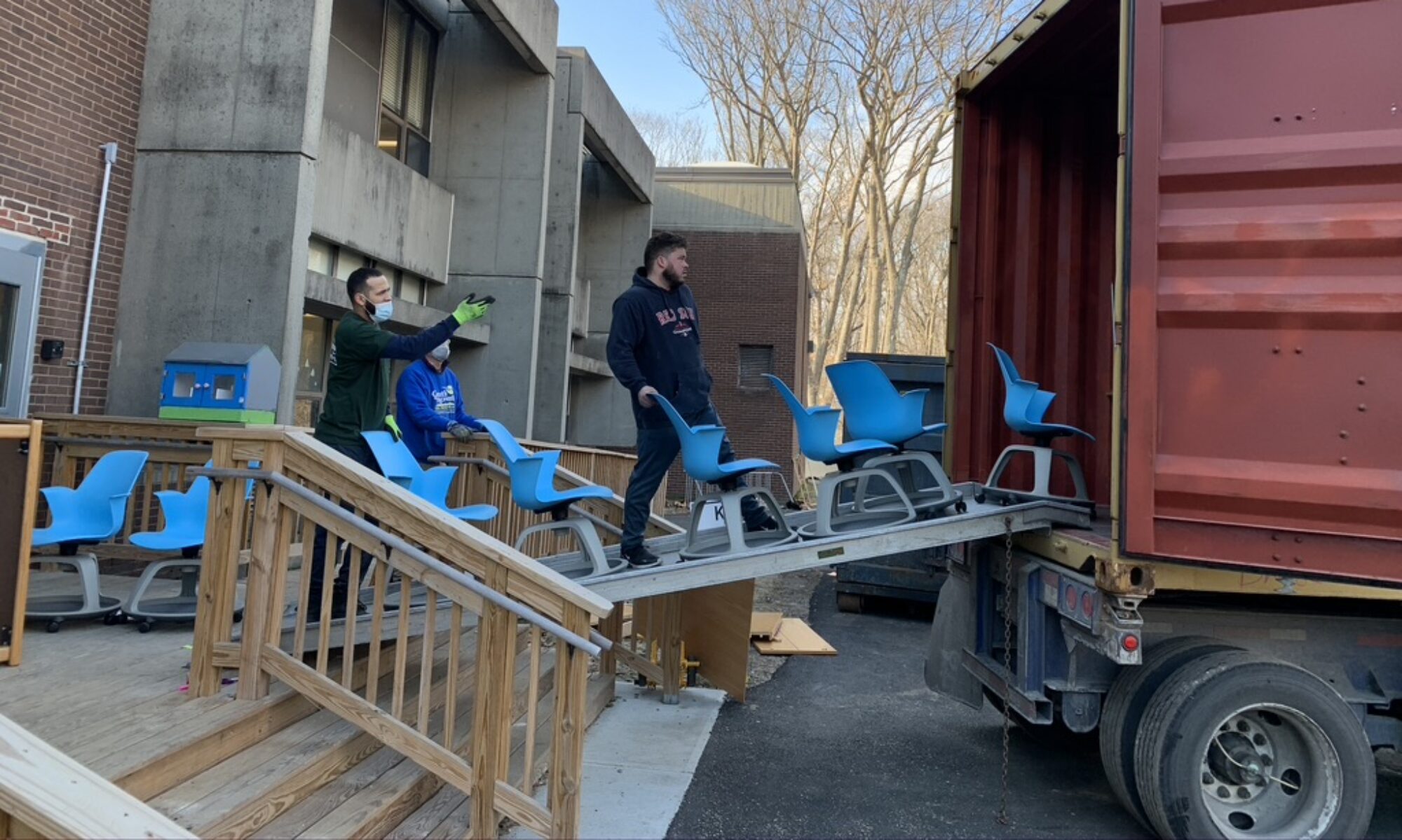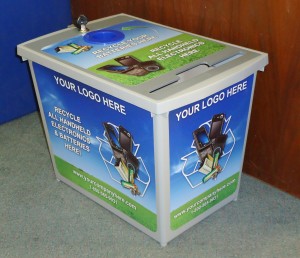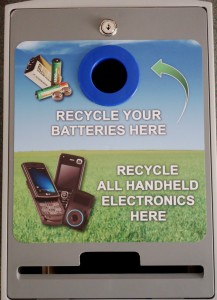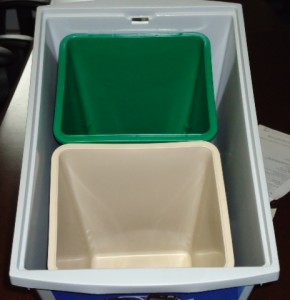Here’s a pretty typical corporate case study, a project we did with One Workplace in Silicon Valley.
The company, a One Workplace client, was moving to a new campus. They took along the best of their furniture. But when they did a cost:benefit analysis, they decided it was more cost effective to buy new than to disassemble, move, and reassemble the majority of their systems and general office furniture.
With a soft economy and so many corporations downsizing or consolidating, there was no market for the used furnishings. The company prides itself on its Sustainability footprint, so they weren’t going to just throw the stuff away. They called One Workplace for help, and One Workplace got in touch with IRN.
From there is was a straightforward project. The buildings we needed to access were already vacant, and the furniture earmarked for internal redeployment had been removed. The remaining inventory was high quality Steelcase product, which we had no trouble placing with our charitable network.
The only real issue was scale: more than 600 office sets, and a total of more than 6,000 pieces, including more than a thousand boxes of office supplies and small office furnishings (lamps, pen and pencil holders, etc.). We scheduled the project over two weeks: Week One primarily for knockdown of the systems furnishings and load-out of the smaller and freestanding items; Week Two for loading and shipment of the office sets.
The furnishings and supplies were provided to three different IRN charitable partners. Feed the Children took four loads for distribution from their southern California depot to community development projects in the U.S. and overseas. Three loads were shipped to the Fundacion Nuevos Horizontes in El Salvador, and three were packed and shipped to Food for the Poor’s central Caribbean depot in Jamaica, which supplies FFTP relief and development initiatives throughout the Caribbean Basin.
At the end of the day, the company paid about 20% less for reuse than they would have spent on disposal, and they had zero disposal. 100% of their surplus is now redeployed and back in service, where it will remain for years to come.
Saving money by doing the right thing; that’s called alignment of incentives.
Click here to see the full case study.



